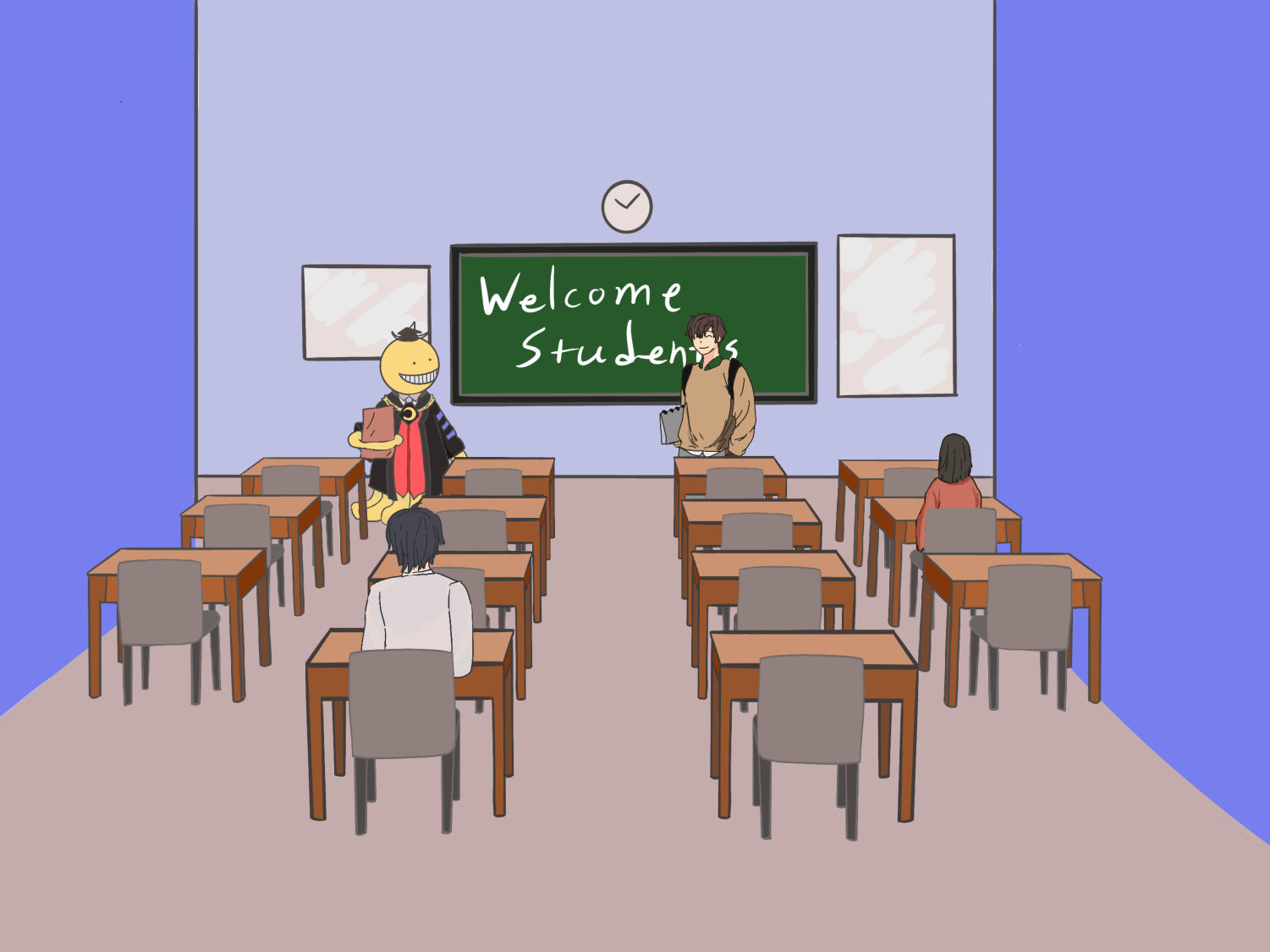Due to decreasing enrollment, the Board of Education voted to create an early enrollment deadline and allow Palo Alto city employees to enroll their children starting of next school year.
The vote also makes it easier for school employees to send their children to PAUSD schools.
Board President Jennifer DiBrienza said enrollment trends across the district are decreasing due to a declining birth rate, the exorbitant cost of living and families leaving Palo Alto during COVID-19.
Board Trustee Jesse Ladomirak said enrollment has been steadily decreasing for years, a reflection of similar rates across the state and the country and said the board’s actions would redistribute enrollment around different school sites.
“What we’re trying to do is not close any neighborhood schools, but to do that, we need to kind of beef up enrollment at some,” Ladomirak said.
DiBrienza said roughly 90% of school districts in California are state-funded, meaning their budget from the state depends on the number of students enrolled.
However, for PAUSD, the declining enrollment does not change the district budget.
Juana Briones principal Katy Bimpson served as leader of the committee that presented options for the Board to vote on related to declining enrollment. She said one option the board voted on was to set an early enrollment deadline because schools often scramble to create combination classes in August due to late enrollment.
“Any family who registered after that deadline would then go to schools that had space,” Bimpson said. “It would stabilize enrollment at sites, and then it would be equitable for the enrollment across the city.”
Another tenet of the plan involves decreasing the hours a PAUSD employee has to work to enroll their child in a PAUSD school if they don’t live in Palo Alto.
DiBrienza said the lowered percent — from 80 to 75 — would give the district the benefit of being able to decide which school the child could go to.
“We (can) better support the staff and hopefully are more likely to retain them to stay here a long time because not only are they invested in the district with their students, their kids are,” DiBrienza said. “It also gives us some flexibility in making sure that we can fill classes that we need to fill so that people don’t need to leave their neighborhood school and go to some other school.”
Meb Steiner, a special education paraedu-cator and president of the classified employees union for the district, said many people support this idea, and that the district’s plan is a positive step toward helping the teacher’s union.
“For classified employees, it is a big help,” Steiner said. “Just by lowering it even to .75 full time equivalent, so working 30 hours a week, opens it up to our aides at the elementary level and opens it up to more people to have the option to do that.”
Ladomirak said the third change was accepting the children of the City of Palo Alto employees who don’t live in Palo Alto.
“Those children don’t have neighborhood schools, so the district will have sort of complete freedom to place them wherever there’s room for them,” Ladomirak said. “So that will help with that balancing of enrollment at different schools.”
DiBrienza said accepting the children of city employees will also allow the city to recruit more employees.
“There were some positions that the City of Palo Alto was having a lot of trouble filling, and in an attempt to recruit more people, that is sort of one of the perks they can now say, ‘If you come and work here in Palo Alto, your child can go to PAUSD,’” DiBrienza said.
Board trustee Shana Segal said the changes would be implemented in the 2023-2024 school year.
“It’s also important to note that we will vote on this every year, so this isn’t ongoing,” Segal said. “If we hit a number that keeps us sustainable in terms of keeping our schools open or if something else changes that would affect our decision-making, we do vote on this every year.”
Ladomirak said when schools get too small, they can lose critical resources that affect students in their learning because reading specialists, therapists and psychologists are allocated based on the number of students.
She said if a school gets too small, it might not have a full-time staff person in one of those areas, which can impact their ability to serve students.
“What we’re trying to do is keep enrollment high enough at all of the schools that all of the resources are able to be accessed everywhere,” Ladomirak said. “The hope is that by balancing enrollment, we’ll be able to improve the quality of or prevent from detracting from the quality of the education.”







